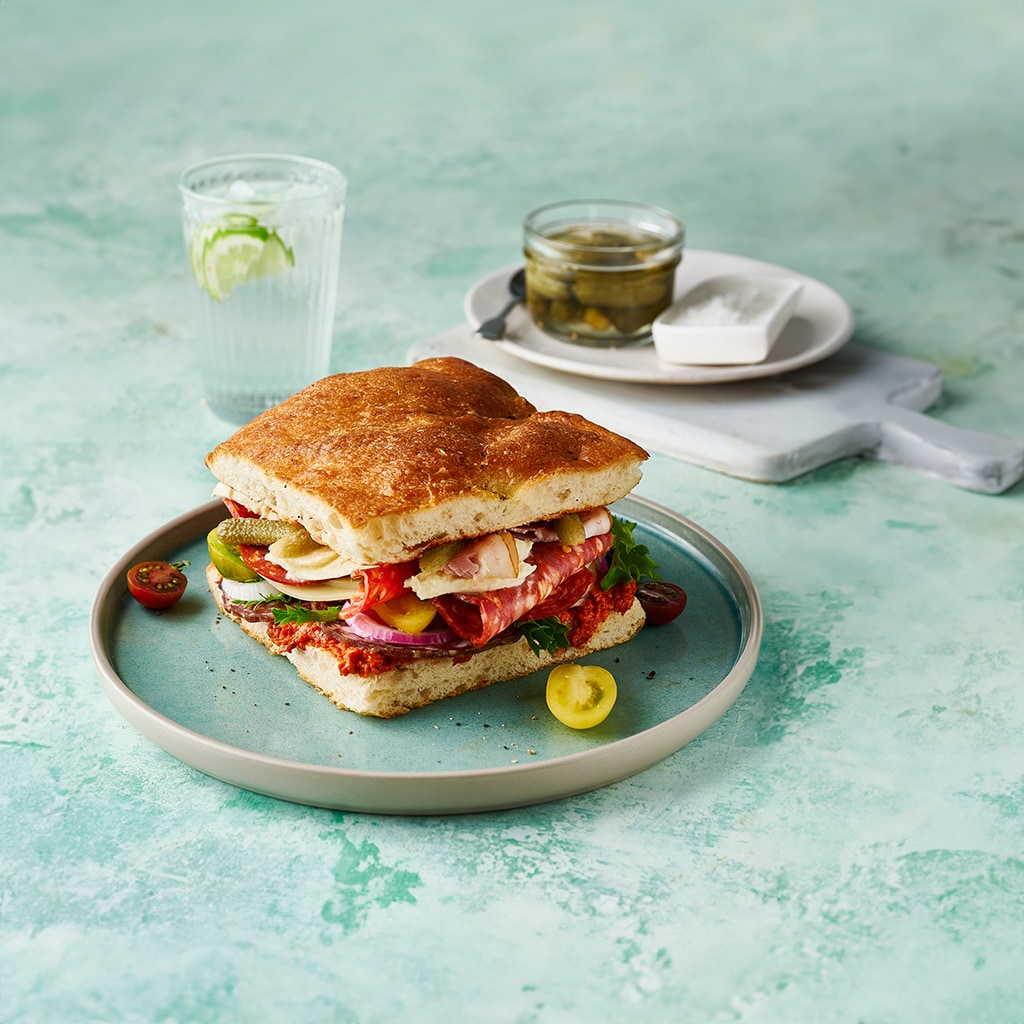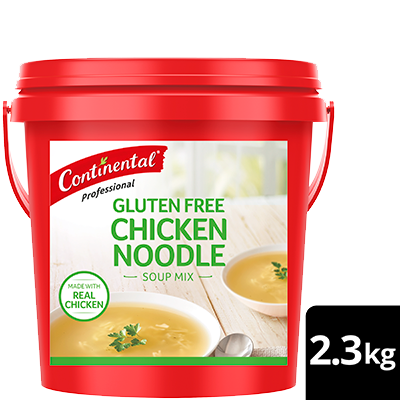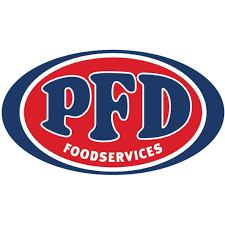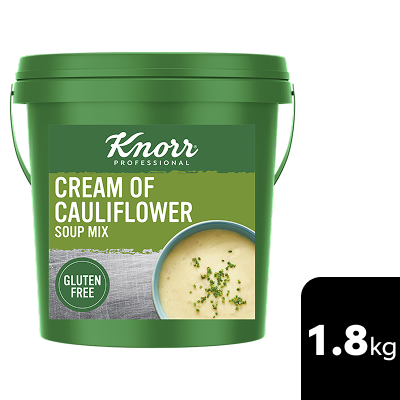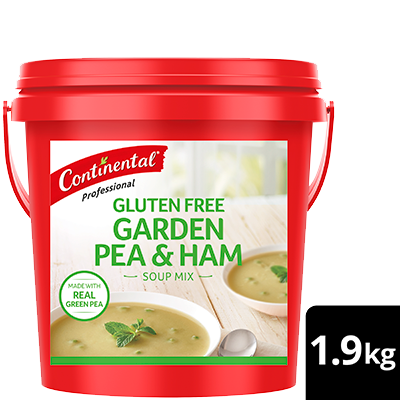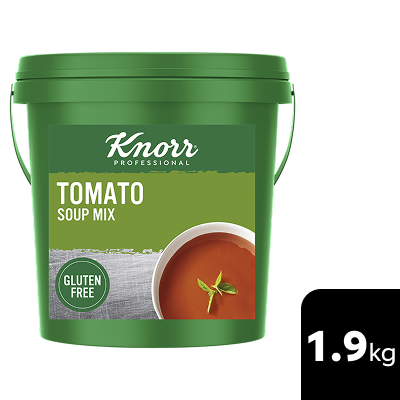Posted on Monday, 30th June, 2025
Unilever Food Solutions has partnered with Comcater, leading supplier of commercial kitchen equipment, to help aged care chefs make the most of their equipment, streamline food prep and improve the dining experience.
This month we will be discussing how to improve the service of soup in an aged care setting.
When it comes to soup, getting it right is especially critical. A nourishing bowl of soup not only provides warmth and nutrition, but it does so in a format that’s easy to digest. However, ensuring soups are served at the ideal temperature can be challenging, especially when meals must travel from the kitchen to residents’ rooms or dining areas.
That’s where heated carts come in. As they’re designed to maintain designated temperatures, it’s simple for staff to preserve meal quality, and enhance the dining experience for residents — particularly when it comes to temperature-sensitive items.
The challenge of serving soup in aged care
Central to Standard 6 is the expectation that residents actively shape their dining experiences. One of the key concepts is partnership rather than engagement. The dining experience is co-created by residents, chefs and kitchen and dining teams.
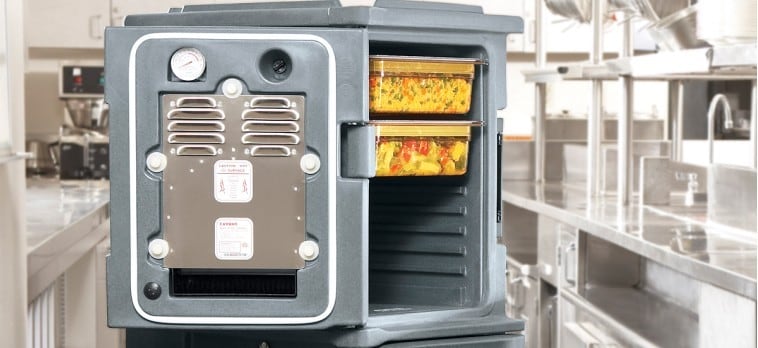
Heated carts: A practical solution
Quality heated carts (like those manufactured by Cambro) are insulated, mobile units with built-in heating elements designed to maintain food temperatures during transport and service. Some models feature dual-temperature zones, allowing you to keep soups hot while other meal components stay warm or cool as needed.
For soup specifically, heated carts reduce the need for reheating — which can affect taste and texture — and allow for immediate serving upon arrival. No resident wants lukewarm pumpkin soup or tepid chicken broth. With heated carts, kitchens can batch prepare soups with confidence, knowing they’ll arrive at just the right temperature.
Benefits beyond heat
In addition to maintaining safe serving temperatures, heated carts offer aged care providers a number of other important benefits:
- Improved Efficiency: Meals can be loaded and distributed more quickly and in greater volumes, streamlining service time and reducing stress on staff.
- Reduced Waste: Proper temperature retention means fewer rejected or untouched meals due to cold food.
- Enhanced Resident Experience: A warm meal is a sign of care and attention. Serving soup at its ideal temperature supports resident satisfaction and dignity.
- Consistency Across Facilities: Whether serving 10 or 100 residents, heated carts ensure everyone receives a meal that’s been treated with equal care.
What to look for in a heated cart
There are a healthy range of options available in Australia, Comcater recommends that aged care facilities prioritise a couple features. Firstly, the speed with which your cart returns to the designated temperature is a big consideration. As staff will be opening and closing doors frequently to hand out meals, a cart that can maintain temperature is essential.
On a similar note, having doors that are easy to open and close (preferably magnetic) makes life easier for your staff, and can greatly improve the time it takes to complete a delivery. Finally, energy efficiency should be a key focus throughout your food processes, and delivery is no exception to this.
Final ladle
For facility managers looking to improve meal delivery and food safety, heated carts are a practical investment. When it comes to soup — a staple in aged care menus — they’re not just convenient. They’re essential.
By ensuring every resident receives a meal at the correct temperature, heated carts help maintain the high standards of care every aged care home strives for.
For more information head to comcater.com.au


Disclaimer: The content of this article is created for inspiration purposes only. It is not intended as clinical, medical or nutritional advice.







